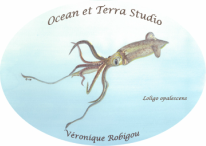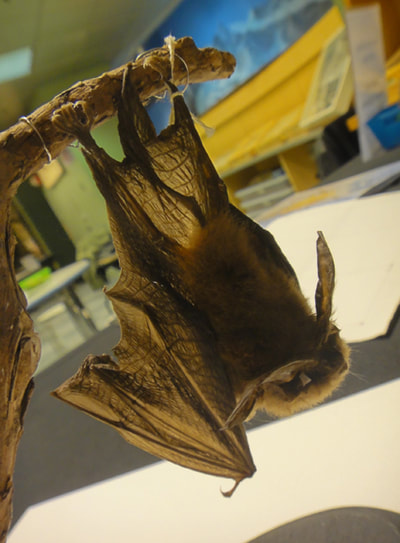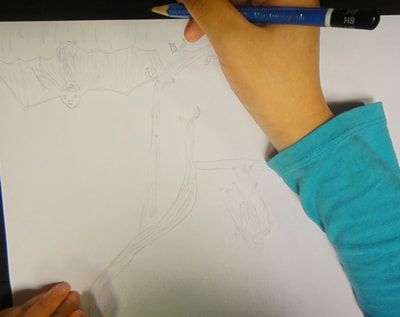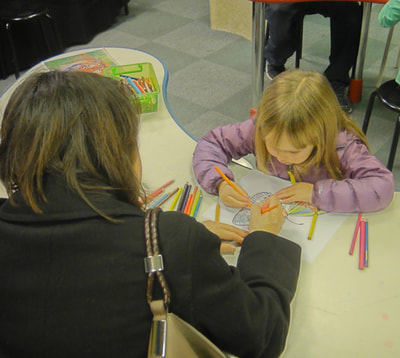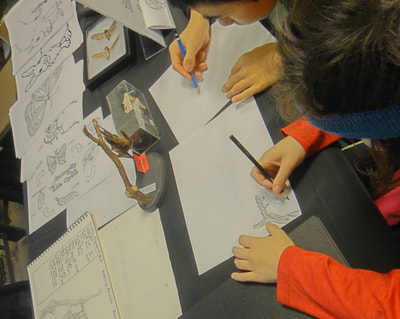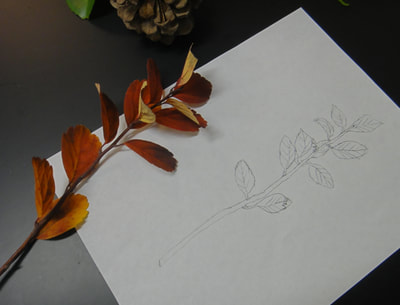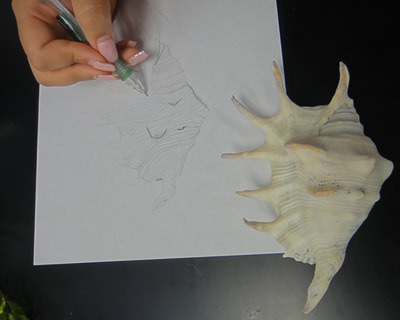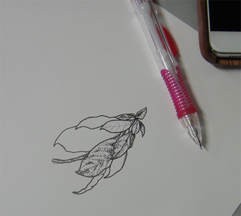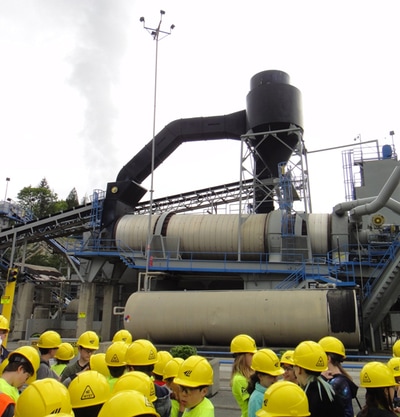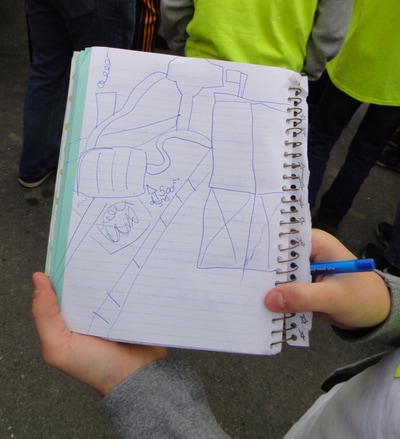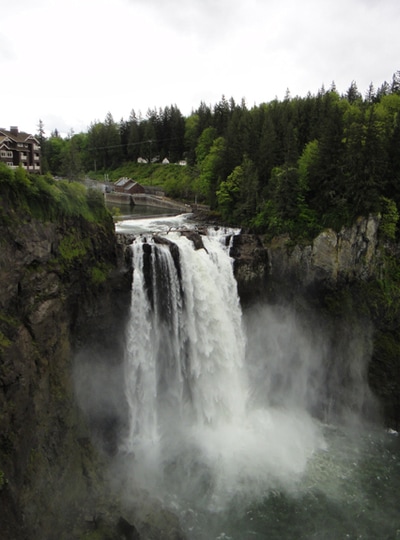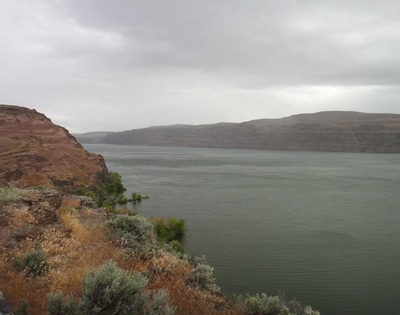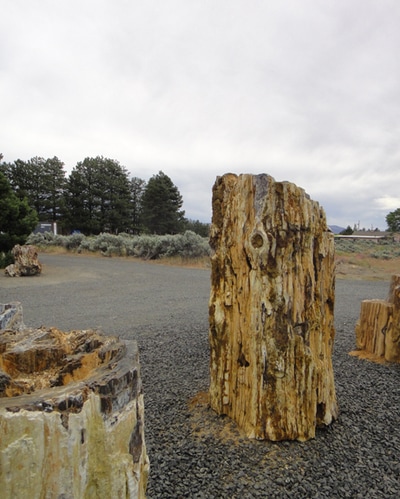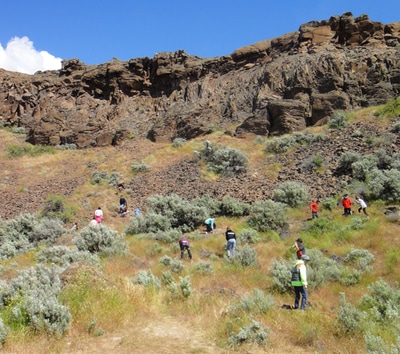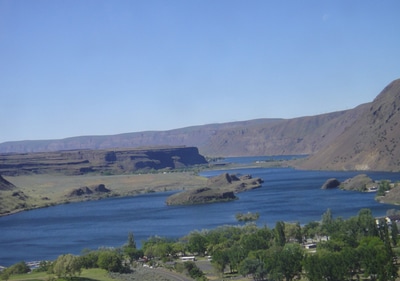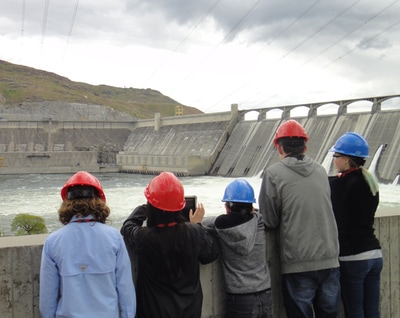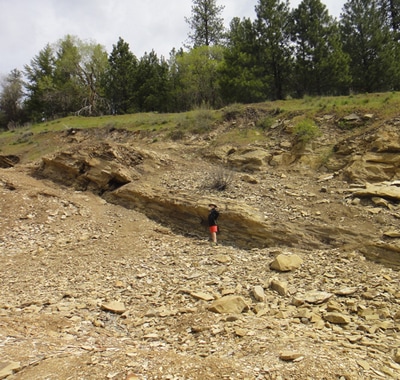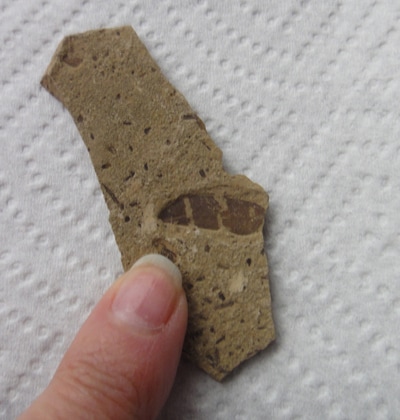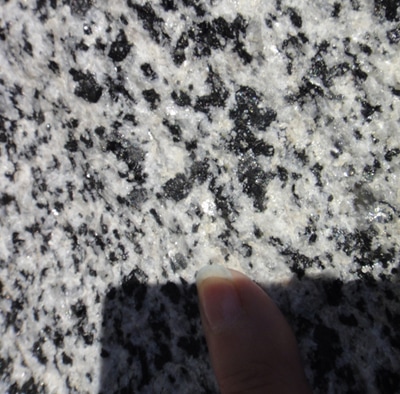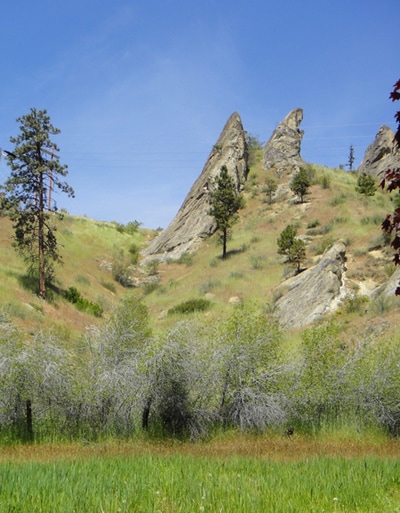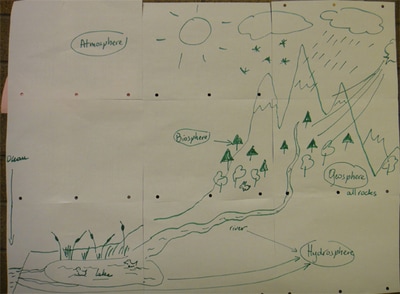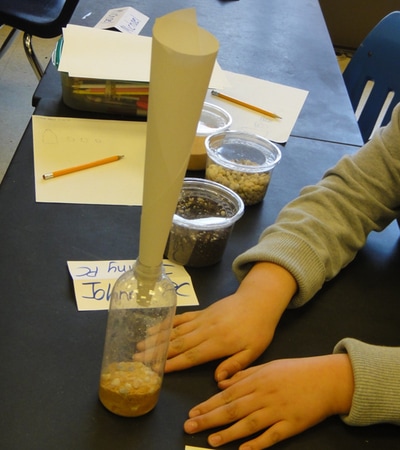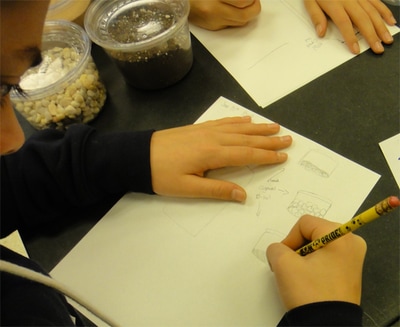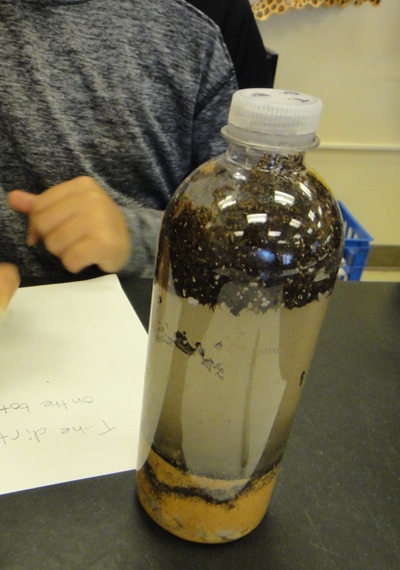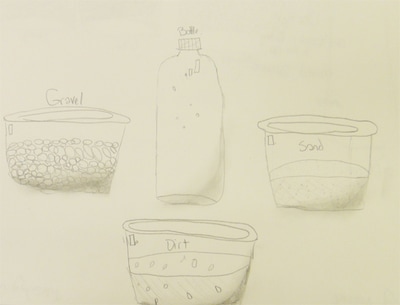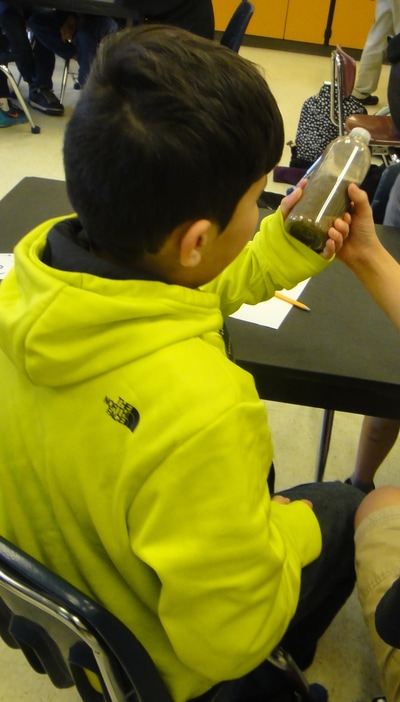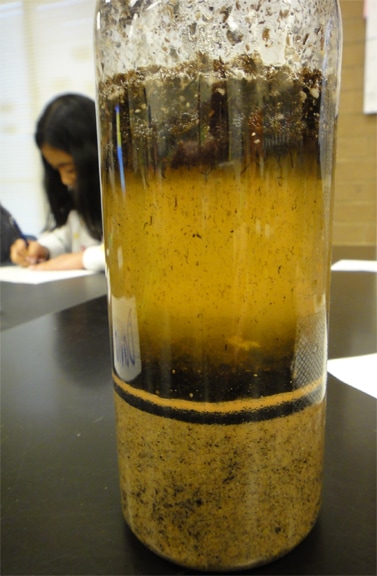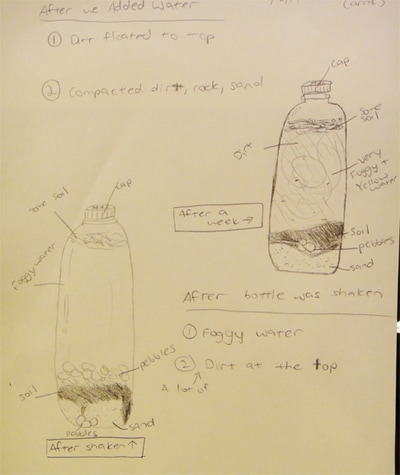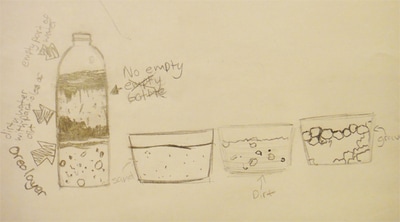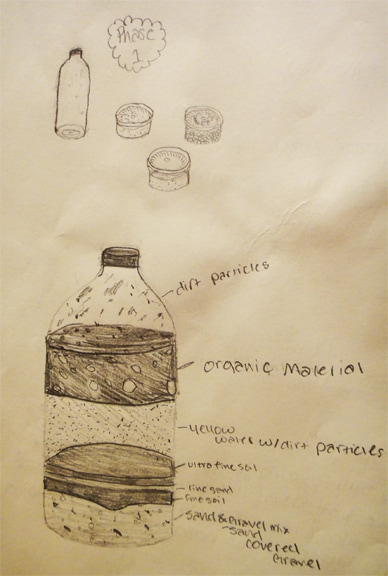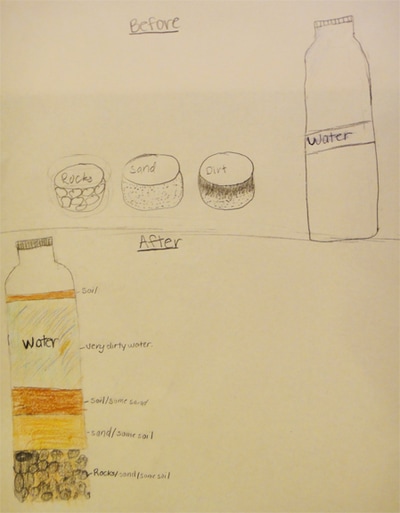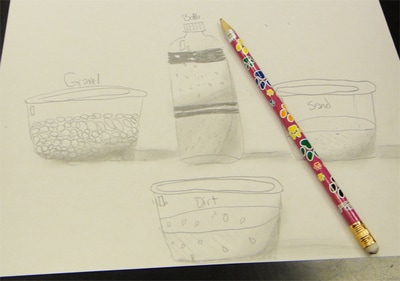2017 ACTIVITIES
November 12, 2017
ILLUSTRATOR - Amazing Animals, Burke Museum of Natural History and Culture, Seattle, Washington.
Drawing with scientific illustrators - all sorts of amazing animals that roam the earth.
ILLUSTRATOR - Amazing Animals, Burke Museum of Natural History and Culture, Seattle, Washington.
Drawing with scientific illustrators - all sorts of amazing animals that roam the earth.
|
October 26, 2017 Liberty High School, Renton, WA 9-12th grade, Environmental Sciences classes - Ms. D. Allen At the intersection between arts and sciences. |
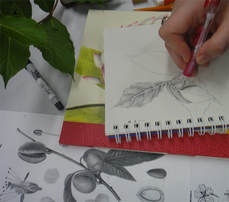 Making observations and sketching - Oct19 2017 Making observations and sketching - Oct19 2017
October 18-20, 2017
Bastyr University, Kenmore, Washington Undergraduate students, Plant Identification and Horticulture courses - Ms. C. Hamby. Portrait of a Plant workshops - Observations, sketching, and pen and ink. |
May 15-19, 2017
French American School of Puget Sound, Mercer Island, WA
6th grade science classes - Mrs. C. Joubert
Exploration of the Geology of Washington State
A busy week of field work, geology learning, and camaraderie with thirty eight, bilingual, 6th graders of the French American School of Puget Sound!
Thank you Mrs. Joubert (Sciences), Ms. Duff (English), Ms. Cuna (Mathematics), Mr. Blankenship (Arts) and Mr. Réa (Technology) for your intellectual curiosity, organizational skills, and sense of humor while exploring the geology of Washington with such an incredibly energetic group of students! Check the images below to find out some of the scientific questions the students addressed on our week-long trip.
French American School of Puget Sound, Mercer Island, WA
6th grade science classes - Mrs. C. Joubert
Exploration of the Geology of Washington State
A busy week of field work, geology learning, and camaraderie with thirty eight, bilingual, 6th graders of the French American School of Puget Sound!
Thank you Mrs. Joubert (Sciences), Ms. Duff (English), Ms. Cuna (Mathematics), Mr. Blankenship (Arts) and Mr. Réa (Technology) for your intellectual curiosity, organizational skills, and sense of humor while exploring the geology of Washington with such an incredibly energetic group of students! Check the images below to find out some of the scientific questions the students addressed on our week-long trip.
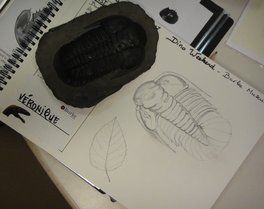 Drawing a trilobite fossil to set the stage for the arrival of dinosaurs - March 12 2017
Drawing a trilobite fossil to set the stage for the arrival of dinosaurs - March 12 2017
March 11 and 12 2017
Burke Museum, Seattle, Washington
Guild of Natural Science Illustrators - B. Ierulli, A. Sumuzura, C. Tamayo and
M. Orsen - Dinosaur Illustrator
Two full days of drawing dinosaurs!
Alongside thousands of visitors, a weekend of learning how, where, and when dinosaurs lived, in what kind of environment and with what other interesting living organisms they thrived and ultimately disappeared.
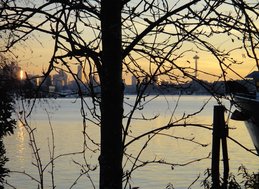
February 28, 2017
Ocean Research College Academy, Everett Community College, Everett, WA
" A Sense of Place: Visual Exploration" - Marine Science Integrated Program - Mr. J. Searle and Ms. Cara Stoddart
A discussion with 11th graders on visual approaches to reach different audiences when sharing research results. At the intersection of marine sciences, arts, and humanities - a reflection on how scientists can be inspiring science communicators.
Ocean Research College Academy, Everett Community College, Everett, WA
" A Sense of Place: Visual Exploration" - Marine Science Integrated Program - Mr. J. Searle and Ms. Cara Stoddart
A discussion with 11th graders on visual approaches to reach different audiences when sharing research results. At the intersection of marine sciences, arts, and humanities - a reflection on how scientists can be inspiring science communicators.
|
January 10 and 17 2017
Kamiakin Middle School, Kirkland, Washington Mrs. K. Dougherty, Math and Science, 6th grade classes Arts and Sciences - The geological process of sedimentation "Making sediments and drawing them as we learn about the process of sedimentation" Four creative sessions with Ms. Dougherty and her 64 6th graders! The students ran a sedimentation experiment over the course of 2 weeks. We discussed sedimentation as one of the processes in the context of interactions between the atmosphere, the geosphere, the hydrosphere and the biosphere. After setting-up the experiment, students took time to draw it to compare their final results to the initial conditions that they had chosen. They made a series of observations before, during, and after they created sediments in a bottle. And they used their observations to fuel a discussion and proposed hypotheses that could explain their results. Finally, the whole group compared their results and hypotheses to natural examples of sediment deposits in various, natural settings - lake deposits, ocean deposits and river deposits. |
